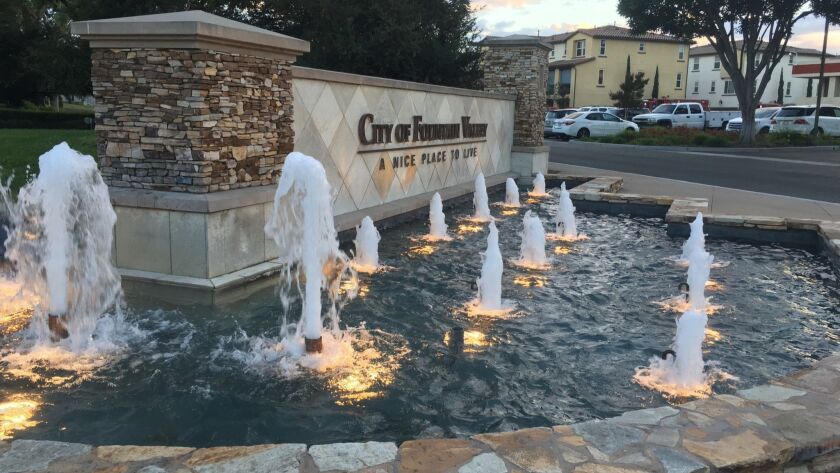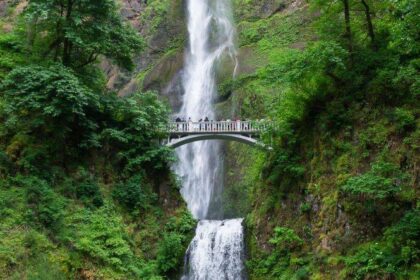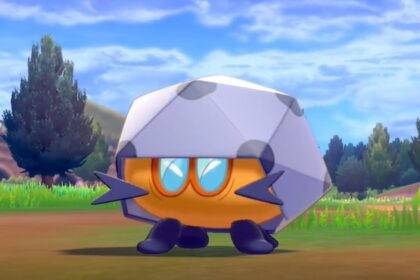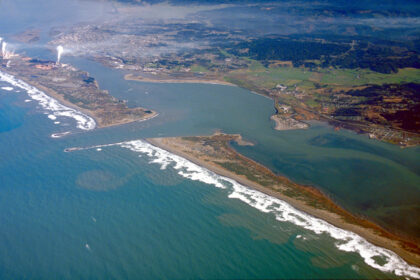Fountain Valley is a suburban city in Orange County, California. Take a look below for 15 fascinating and fun facts about Fountain Valley, California, United States.
1. The population was 55,313 at the 2010 census.
2. A classic commuter town, Fountain Valley is an upper-middle-class residential area.
3. The area encompassing Fountain Valley was originally inhabited by the Tongva people.
4. European settlement of the area began when Manuel Nieto was granted the land for Rancho Los Nietos, later Rancho Las Bolsas, which encompassed over 300,000 acres (1,200 km2), including present-day Fountain Valley.
5. Control of the land was subsequently transferred to Mexico upon independence from Spain, and then to the United States as part of the Treaty of Guadalupe Hidalgo.
6. Talbert was a settlement at what is now the intersection of Talbert and Bushard. It was also known as Gospel Swamp by residents.
7. Thomas B. Talbert was born outside Montecello in Piatt County, Illinois, in 1878. When Talbert was 13, his family moved to Long Beach, California. Around 1896, the family purchased more than 300 acres (120 ha) of peat and swampland in what is now Fountain Valley.
8. The Talberts opened a general store and thus the settlement of Talbert was established.
9. The area was full of farms growing beets that were processed at some of the nation’s largest plants at Huntington Beach (Holly Sugar Plant) and at Delhi, now part of southwestern Santa Ana. The post office was established in 1899, with Thomas B. Talbert serving as the first postmaster.
10. The All-Saints Church is the only structure remaining from that era. The Santa Ana-Huntington Beach line of the Pacific Electric Railway passed through Talbert and opened on July 5, 1909.
11. The city was incorporated in 1957. The name of Fountain Valley refers to the very high water table in the area at the time the name was chosen, and the many corresponding artesian wells in the area. Early settlers constructed drainage canals to make the land usable for agriculture, which remained the dominant use of land until the 1960s, when construction of large housing tracts accelerated.
12. The first mayor of Fountain Valley was James Kanno, who with this appointment became one of the first Japanese-American mayors of a mainland United States city.
13. After the Fall of Saigon in 1975, there was a large influx of Vietnamese refugees settling in Fountain Valley, especially in the late 1970s and throughout the 1980s, forming a large percentage of Asian Americans in the city.
14. As a suburban city, most of Fountain Valley’s residents commute to work in other urban centers. However, in recent years, the city has seen an increase in commercial jobs in the city, with the growth of a commercial center near the Santa Ana River known as the “Southpark” district.
15. Although the economy of the area was once based mainly on agriculture, the remaining production consists of several fields of strawberries or other small crops, which are gradually being replaced by new office development. Efforts to bolster economic activity are evidenced by the city enacting policies to benefit small businesses, and even going so far as to paint a mural on the facade of a large water treatment building facing the freeway that depicts two shopping bags headlined by the words, “Shop in Fountain Valley.”




